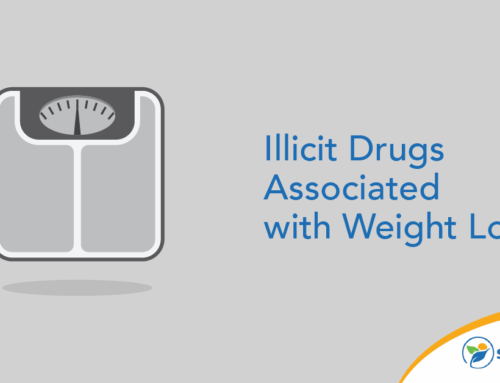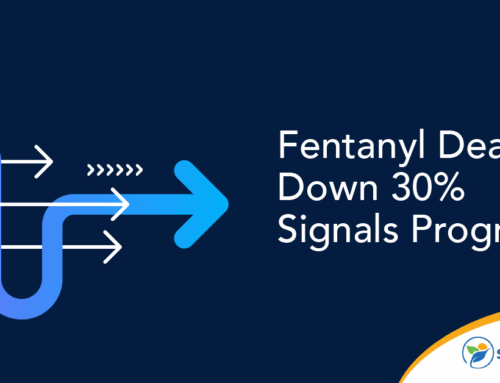For athletes, physical performance is everything. Faced with constant pressure, it’s easy to turn to substances that promise to give you an extra boost. But could this practice be causing a rise in athletes’ addiction?
Painkillers are arguably a useful substance. For an injured athlete looking to get back in the game, they’re an easy way to get quick relief. Unfortunately, the strongest painkillers — opioids, in particular — are also some of the most addictive. To some experts, their use in sports medicine is cause for concern.
But are athletes really more susceptible to painkiller addiction? Here’s what you need to know.
The Root of Painkiller Addiction
Opioids are a type of drug commonly used for pain relief. They work by manipulating the body’s opioid receptors — the cells that control sensations of pleasure and pain. These drugs can be produced naturally using the opium poppy plant or made synthetically in labs. Synthetic opioids, like fentanyl, can be up to 100 times stronger than their natural counterparts.
These drugs are typically prescribed for severe pain. When taken, they can mitigate feelings of pain and produce euphoric sensations. But while this is ideal for people in excruciating pain, the sheer power of these substances can be overwhelming.
The pleasure that comes with opioids is extremely addictive. As the euphoria wears off, the body craves more of it — a craving many people find hard to resist. Over 3 million Americans currently suffer from opioid use disorder, and this number doesn’t appear to be slowing down any time soon.
If painkiller misuse is left unchecked, the addiction could affect all aspects of a person’s life. Ruined relationships, educational setbacks and physical injuries are all consequences of opioid addiction. For athletes, this can cause irreparable career damage.
Painkiller Addiction: Risk Factors
Not everyone is at equal risk of developing a painkiller addiction. Certain factors make some more susceptible to the condition than others.
While risk factors don’t guarantee a person will develop an addiction, they act as a sign to take extra caution when using powerful drugs. Some known risk factors of painkiller addiction include:
- Family or personal history of substance abuse
- Criminal history
- Exposure to high-risk people or environments
- History of mental illness
- Heavy non-opioid substance use (such as alcohol or tobacco)
- Thrill-seeking behavior
- High stress levels
Painkillers: An Athlete’s Addiction?
So, what makes an athlete more susceptible to painkiller addiction? Experts think there could be a few reasons.
A study conducted by Eastern Michigan University found that both professional and college athletes were inclined to use substances to dull pain and stress, with 52% percent admitting to opioid use. The findings suggested that these substances were commonly used to relieve the pressure to perform physically. Athletes tend to set lofty goals, particularly college athletes who are determined to play professionally, which only 2% of them ever do. The struggle to reach impossible standards can increase stress over time.
For injured athletes, the risk is even higher. Powerful synthetic painkillers are often prescribed to speed up recovery and return the player to the field. Without regulation, athletes may find themselves inadvertently addicted to the euphoria that comes with their medication.
Greater accessibility is also thought to increase athlete opioid use. Physicians are often quick to prescribe them even when pain levels are relatively low. Another study found that opioid use among high school athletes was comparable to that of NFL players, raising concerns that these substances are prescribed too generously.
Athletes Who Struggle With Painkiller Addiction
For some athletes, painkiller addiction is no stranger. The condition affects players in all sports at all levels, and many have faced it under intense public scrutiny. But with the right treatment, many have made a full recovery. Some notable athletes who’ve struggled with painkiller addiction include:
- Tiger Woods
- Dan Johnson
- Chris Herren
- Derek Boogaard
- Brett Favre
Preventing Painkiller Addiction
Painkiller addiction is a serious condition that can cause irreparable damage. But many can be spared. When used cautiously, painkillers can relieve pain without adverse effects. If you or a loved one may be at risk of developing a painkiller addiction, here’s what you can do to prevent it.
Limit Opioid Use
The more you use opioids, the higher your tolerance level gets. With higher tolerance, you’ll need a stronger dose to get the same effect, ultimately raising your tolerance even more. To avoid this, try to limit opioid use whenever possible.
For athletes who need to recover quickly, this can be a lot to ask. But limited painkiller use keeps your tolerance low and prevents you from forming a dependency on the drug. While you may take longer to recover, you’ll avoid a life-altering addiction.
Confide in Friends and Family
When you’re struggling with something like addiction, it’s easy to feel like you’re fighting the battle alone. But a strong support system can be invaluable, especially during the early phases of a substance use disorder.
If your opioid use is getting out of hand, turn to trusted friends and family members. They might agree to monitor your use or even properly dispose of unused pills. While it may be hard to open up at first, it’s important to remember that taking steps to prevent addiction is much preferred to letting it control your life.
Seek Professional Treatment
At-home prevention methods are useful, but they might not be strong enough. When your painkiller use becomes too hard to manage, there’s no substitute for quality treatment. With professional help, you’ll find the resources and support you need to fend off addiction for good.
Painkiller addiction is a debilitating condition, but it’s never too late to seek treatment. The team at Sunlight Recovery is standing by to give you the support you need. A single phone call can put you on your journey to a full recovery. Contact us today to take the first step.







